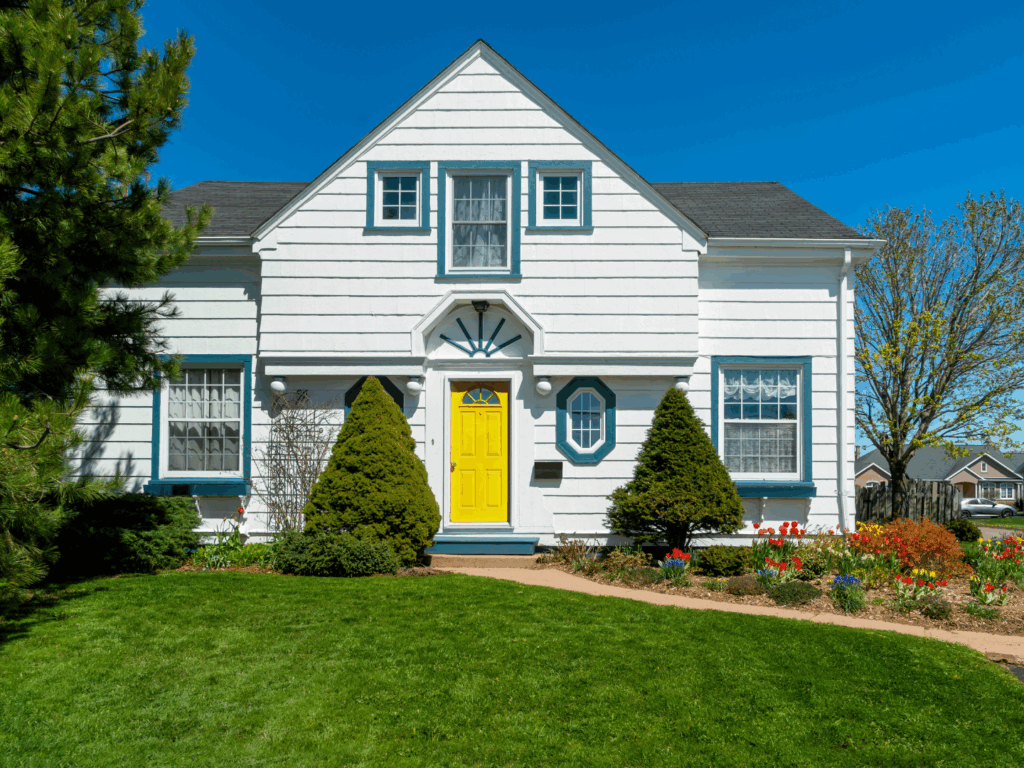Exploring Down Payment Options: What Every Homebuyer Should Know

When it comes to buying a home, the question of how much to put down is often one of the first, and most overwhelming, parts of the process. It’s common to hear that a 20% down payment is required, but that figure is more of a traditional myth than a fixed rule. In today’s mortgage market, there can be more flexibility than many buyers realize.
Whether you’re purchasing your first home or considering your next, understanding your down payment options is an essential part of making a well-informed financial decision. With a range of loan programs and potential down payment assistance opportunities available, buyers may be able to enter the market sooner, or with greater confidence, than they originally thought.
Let’s take a closer look at what could be available and how to think strategically about this important step in the home-financing journey.
How Much Do You Really Need for a Down Payment?
The answer can vary, but it’s often less than you think. There are loan programs designed to help qualified buyers purchase primary residences with less cost upfront. Some of the most common down payment structures for the purchase of a primary residence include:
1. Conventional Loans
With good credit, some buyers can qualify for as little as 3% down with a conventional loan. This option is popular with first-time homebuyers and those with moderate incomes. However, conventional loans with less than 20% down typically require private mortgage insurance (PMI).
2. FHA Loans
Backed by the government, FHA loans allow down payments as low as 3.5% and are more flexible when it comes to credit history. These loans also require mortgage insurance premiums, which are similar in function to PMI and apply regardless of the down payment amount.
3. VA Loans
For eligible veterans and active-duty service members, Veterans Affairs (VA) loans offer 0% down—and no PMI.
4. USDA Loans
Designed for buyers in rural and some suburban areas, these loans also require no down payment and offer competitive terms. USDA loans typically include a guarantee fee, which functions similarly to PMI.
Understanding how mortgage insurance works, and which programs require it, can help you make a more informed decision. A mortgage professional can explain how PMI or similar fees may impact your monthly payment and long-term costs, helping you weigh the pros and cons of each option.
The right path depends on your personal situation, there’s no one-size-fits-all answer. A qualified mortgage professional can help you explore the options and determine which loan type aligns with your needs.
The Power of Down Payment Assistance
From state and local grants to matched savings programs, employer-based benefits (especially for civil servants and frontline workers), and even forgivable second mortgages, there are programs designed to help bridge the gap. Many of these resources can go unutilized simply because buyers don’t know they exist.
A knowledgeable loan officer can help determine what forms of assistance you might qualify for and explain how each program works so you can decide with clarity and confidence.
Smart Ways to Save for Your Down Payment
Saving for a down payment can feel like a long road, but small, consistent steps may make a meaningful difference over time. You don’t necessarily need to change your entire lifestyle to make progress. Some homebuyers find success by incorporating a few intentional habits, such as:
- Automate Your Savings – Set up a recurring transfer into a dedicated home savings account.
- Use Windfalls Wisely – Direct tax refunds, bonuses, or birthday money toward your goal.
- Cut Unused Expenses – Cancel old subscriptions or limit impulse purchases.
- Ask About Gift Funds – Many loan programs allow family gifts toward your down payment—just ask your lender how to document it properly.
With a little planning and a lot of clarity around your options, building your down payment doesn’t have to feel out of reach.

What’s the “Right” Down Payment?
The “right” down payment isn’t always the largest one. For some buyers, putting 20% down could be the best choice, especially if the goal is to avoid private mortgage insurance (PMI) and reduce monthly payments. For others, a lower down payment might make more sense—freeing up cash for renovations, an emergency fund, or other financial priorities.
Every homebuyer’s situation is unique. What works well for one person may not be the best fit for another. The most effective approach is the one that takes your full financial picture into account: your income, savings, debt, future goals, and comfort with monthly payments.
This is where working with a mortgage professional can make a significant difference. By reviewing your options in detail, you could uncover strategies that match both your financial plans and your lifestyle.
Down Payment Options: You’re Closer Than You Think
Buying a home is a major milestone and understanding your down payment options is a powerful first step. The process may feel complex at times, but with the right guidance, it could become a clear and empowering journey.
At Quaint Oak Mortgage, we believe that education is key to financial wellness. Our goal is to help you explore every available avenue. When you’re ready to take the next step, we’re here to walk with you. No pressure. Just honest, expert insight designed to help you move forward with clarity.
Contact Us Today!
Quaint Oak Mortgage Serves Alabama, California, Delaware, Florida, Idaho, Iowa, Maryland, Massachusetts, Michigan, Missouri, Nebraska, New Jersey, New York, North Carolina, Ohio, Pennsylvania, South Carolina, Tennessee, Utah, Vermont, and Virginia
1All case studies are for illustration purposes only and do not represent actual customers or specific outcomes.


